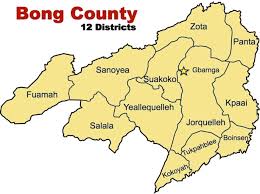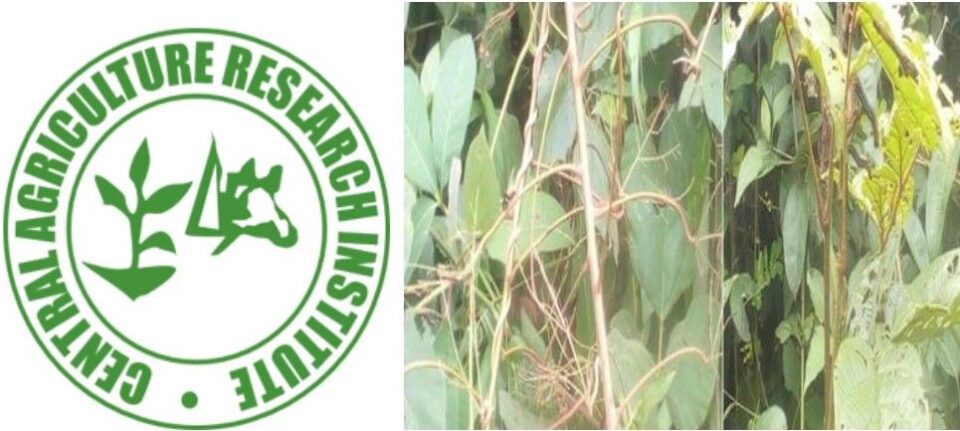As Calls Intensify For Rapid Approach To Put The Pest Invasion Under Control
By J. Peter S. Dennis, dennisrealone@gmail.com
SUAKOKO, Liberia-A small intervention has started, but it appears to be too little amid the huge influx of the caterpillars.
The Central Agriculture Research Institute (CARI) has begun its initial spraying of chemicals to reduce the growing population of caterpillars’ invasion in the central Bong County.
Currently, there are three counties reporting huge invasion of these army worms. They are Bong, Nimba and Gbarpolu counties. Many farmers in these areas aren’t going to their respective farms.
Authorities of the Ministry of Agriculture last week announced vigorous resource mobilization to procure environmentally friendly agrochemicals to curb widespread caterpillars in the three counties.
These caterpillars are said to have contaminated the sources of drinking water in these areas thus posing threats to the citizens’ livelihoods.

Speaking over the weekend, Mr. Joseph Nepay, an Epidemiologist and a trained technician at CARI said, “the entity is taking the first step awaiting the Ministry of Agriculture and other line ministries and agencies for “the greater one.”
According to him, they can’t combat everything due to the low budgetary constraints at the entity.
Mr. Nepay explained that these chemicals are cost intensive stating “CARI can’t cope with the huge cost of these chemicals as our budget is small. We’re doing what we can afford as an institution while begging others for support”.
CARI Technicians are “fighting to prevent them from laying eggs in their thousands and leave because it will be so disastrous for the next invasion. That is what we’re trying to avoid because it will very bad as these counties will not contain them,” Mr. Nepay disclosed.
He praised Bong’s electoral district #3 representative Josiah Marvin Cole for the support towards the initiative.
“We have sprayed in Gbarney, Cooper village, Gbalakpalah, Kar-ya-Ta, and trying to go Belefina to spray. We’re spraying these areas, but don’t have the full capacity to move to other areas due to the lack of funding,” added CARI Epidemiologist Nepay.
Presently, he said the leadership of Dr. Victor Sumo, CARI’s Director General has constituted an initial three men technical team to roll out these activities while awaiting a bigger from the Ministry of Agriculture.
Recently, the Ministry of Agriculture confirmed the outbreak in these counties.
In a press release recently, the Agriculture Ministry said the invasion, which has been occurring periodically in Liberia since 2009, has now spread to twelve of the 15 counties in the country.
Invading caterpillars now identified
The caterpillars, identified as Achaea worms, bear a striking resemblance to armyworms and are known for their rapid movement and destructive impact on cocoa, banana and other food crops.
Since the outbreak, many citizens have beseeched quick intervention following a “little effort” by the Ministry of Agriculture.
Meanwhile, the leadership of CARI is being lauded for its intervention.
Peter Flomo, Gbarney’s town chief- one of the areas affected appreciated the team on their response to save residents’ lives and their crops.
“What CARI is doing is laudable. If they weren’t to come, then there’s no one in this town because these caterpillars were already in our houses,” he said.
The Central Agricultural Research Institute (CARI) located at Suakoko, some 180 km north‐west of Monrovia was created in 1980 from the Central Agricultural Experiment Station (CARES) to conduct both adaptive and applied research in agriculture.
CARI recognizes that integration and team work across levels, disciplines, gender, timeframes and space, is critical in increasing productivity, commercialization and competitiveness of the agricultural sector because of the complex inter-linkages of the different components of the agricultural product value chains.

